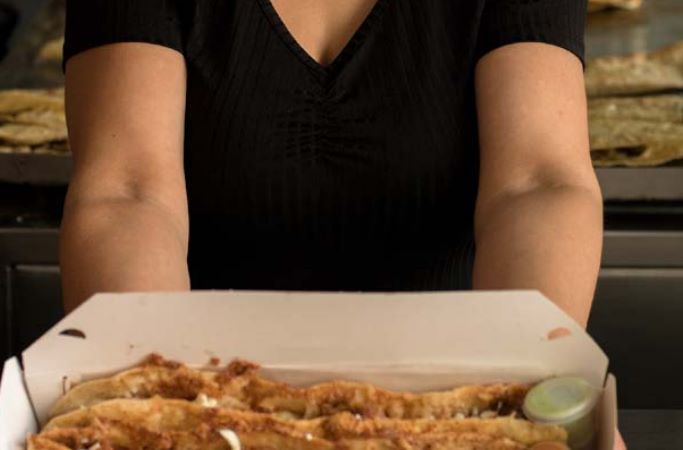The Fascinating Gastronomic Heritage of Mexico City
Discover the diverse cultural heritage of Mexico City, where a rich history and people from all over the world have left a lasting impact on the city's cuisine. Explore the Historic Center's rich tapestry of flavors, colors, and aromas through traditional dishes.

Mexico City has a rich history of openness and diversity dating back to its pre-Hispanic origins. People from far away who wanted to create a shared memory and a symbol of their territory's identity built Tenochtitlan, a city on a lake.
When the New World was found, people from all over the world came to live there. This made the city's openness even stronger. Over time, Mexico City has welcomed hundreds of refugees and exiles from all corners of the globe, who have left a lasting impact on the city with their cultures, traditions, and cuisine.
The Historic Center of Mexico City boasts a rich tapestry of flavors, colors, and aromas, reflecting the diverse backgrounds of its inhabitants. From the traditional migas served for over 50 years in Barrio Bravo de Tepito to the Mole Nupcial, created in the Historic Center, it's impossible to speak of a single cuisine in the area. A walk through places like San Juan Pugibet Market, Barrio de la Merced, and Chinatown offers a glimpse into the rich cultural heritage of the city.




